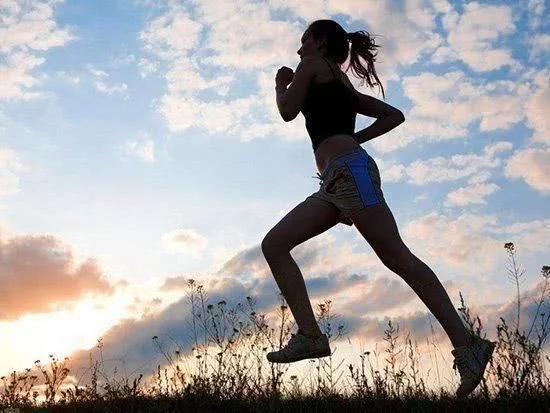Running skills and precautions are often overlooked issues, and failure to pay attention to these issues can lead to sports injuries. Mastering some running breathing techniques can help you feel relaxed during your run.
1.Breathing through the mouth and nose at the same time.
When people just start running, they are slow and in the warm-up phase. At this time, the body's demand for oxygen is not large, and breathing through the nose can handle it. As the running distance becomes longer and the speed becomes faster and faster, the body's demand for oxygen will greatly increase. At this time, breathing through the nose can no longer meet the needs of oxygen supply. If you just breathe through the nose, it is easy to cause respiratory muscle fatigue. Therefore, it is necessary to cooperate with the mouth and nose to increase the supply of oxygen and relieve the tension of the respiratory muscles.
In winter, how to breathe through the mouth is also very particular. Generally speaking, the mouth should be slightly opened, the tip of the tongue should be pressed against the upper palate, and the cold air should be inhaled into the oral cavity from both sides of the tip of the tongue, so as to have a process of warming the cold air and avoid direct inhalation of the trachea, which may cause coughing and discomfort. As you exhale, release the tip of your tongue from your palate, allowing the hot air to escape smoothly from your mouth. This is not necessary in summer. But you can also use this technique when running on roads or other places with poor air quality.

2.Deepen breathing to relieve fatigue.
When running for 10-20 minutes, many people will not be able to run, feel chest tightness, panting, weak legs and feet, and want to stop very much. This is the extreme. But if you stop there, you won't get a good exercise effect. In fact, the emergence of the pole is mainly because the transition of the human body from static to high-speed movement requires an adaptation process. This process is also the adjustment process of the respiratory system, the motor system and the circulatory system. Actively adjusting breathing can help a person quickly get past the extremes and continue to maintain movement. When the extreme occurs, the speed should be slowed down, the breathing should be deepened, the oxygen and carbon dioxide should be fully exchanged in the alveoli, and the exchange area should be increased. When the discomfort is relieved, the breathing rate should be increased and accelerated.
After about half an hour to 40 minutes of exercise, the human body may experience a second pole. For athletes, it is necessary to adjust the exercise intensity and breathing rate at this time; for ordinary people, it is recommended to stop exercising at this time and take a break.
3.Adjust breathing to help speed up.
If you want to get a better exercise effect in running, you need to accelerate the process of running. When accelerating, people often feel more laborious, and some people even grit their teeth and force their thighs. This method is not right. Running acceleration should start with adjusting your breathing, usually two steps, one breath, two steps, one breath; when accelerating, take deep breaths, lengthen the breathing time, and at the same time increase the pace frequency, adjust to three steps, one breath, three steps, one breath , increase the speed by changing the frequency.
In addition, people with poor physical fitness should start with small steps when accelerating. Running acceleration is also a programmed operation of the human machine. It is not blindly gritted and reckless. By adjusting the breathing, the running time can be longer and the exercise effect is more obvious.
Post time: Feb-26-2022







